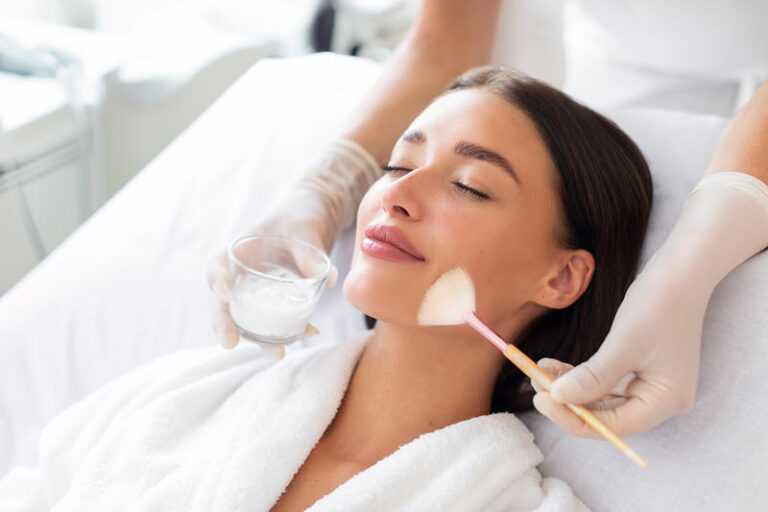Expert Aesthetic Specialists
Our LCP-certified aesthetic physicians create personalized treatment plans, delivering safe, effective, and evidence-based solutions tailored to each patient’s unique skin and wellness needs.
FDA & CE Certified Technology
GLOJAS Specialist Clinic uses only devices and products that meet strict FDA and CE international safety standards, ensuring high-quality, reliable, and trustworthy care.
Advanced Aesthetic Technology
We employ cutting-edge, clinically approved technology to provide precise, controlled treatments that enhance skin health, rejuvenation, and overall patient satisfaction.
Award-Winning Clinic
Recognized for excellence in medical aesthetics, GLOJAS Specialist Clinic has received multiple awards, reflecting our commitment to clinical quality, innovation, and patient safety.
Comprehensive Personalized Aftercare
We offer detailed post-treatment guidance and follow-ups to support smooth recovery, optimize results, and maintain long-term skin and wellness health.














